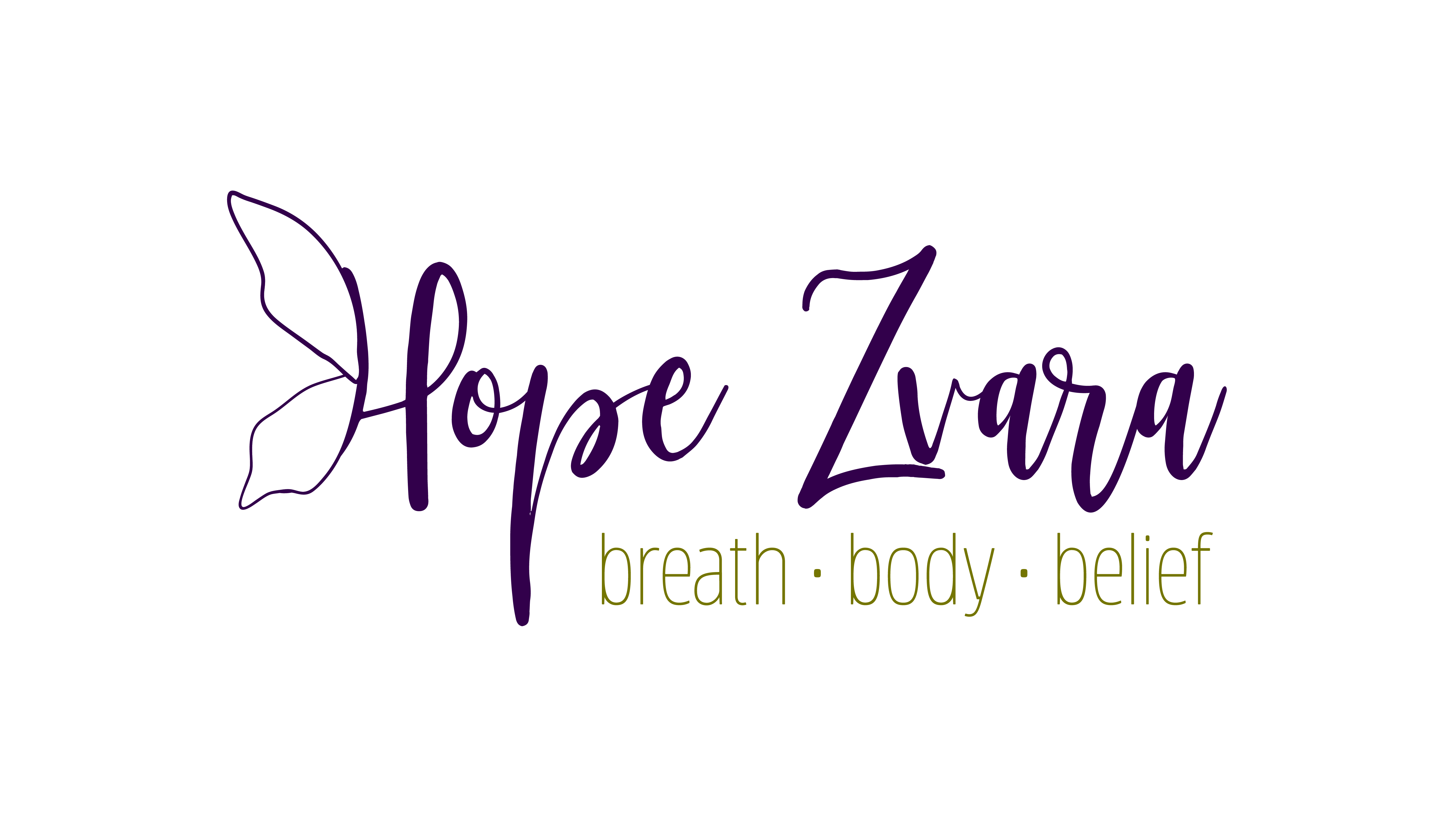- Begin by placing the small ball underneath the sacrum (it feels like the flat plate behind your pants).
- Find neutral pelvis and relax the rib cage for more torso support and a neutral spinal zone.(Neutral pelvis is ASIS [bony knobs on the front of the pelvis] laying parallel with the pubis bone to the ceiling).
- Inhale and feel the body on the ball.
- Exhale and activate the pelvic floor region, feeling the muscles of the pelvic floor draw inward and slightly towards the pubis bone (anal sphincter contracts forward), then begin to lift both legs off the floor without losing the neutral zone.
- Flex the feet and steady the legs together.
- Pause for a few breaths and find stability on the small ball.
- Adjusting the arms as necessary either arms long palms face in, bend the elbows (robot arms) or extend the arms to the sky relax the shoulders down into the floor.
- Reduce belly breathing and maximize side body breathing to more effectively use the lower core.
- Inhale; lower one heel towards the floor only as close as you can remain steady.
- Exhale and lift the heel back to center, all the while keeping the non-moving leg steady and still.
- Repeat one leg five to ten times, and then move to the other leg, resting in between as necessary.
- There after go back to the weaker side and repeat the process again, applying the 2:1 ratio to the practice.
Tips:
- Further is not better, if the body cannot maintain a steady position the distance is too large.
- Do not let the back arch off the ball, floor or foam roller (which ever you are choosing to use), it is important to learn neutral before we take our bodies elsewhere.
- Choose an arm position that offers support, but is not gripping.
- Keep the shoulders relaxed, and use a head support if the eye line is directed above your forehead.
- Try this off the ball on the floor, work to keep in neutral zone, or try this with a foam roller.

